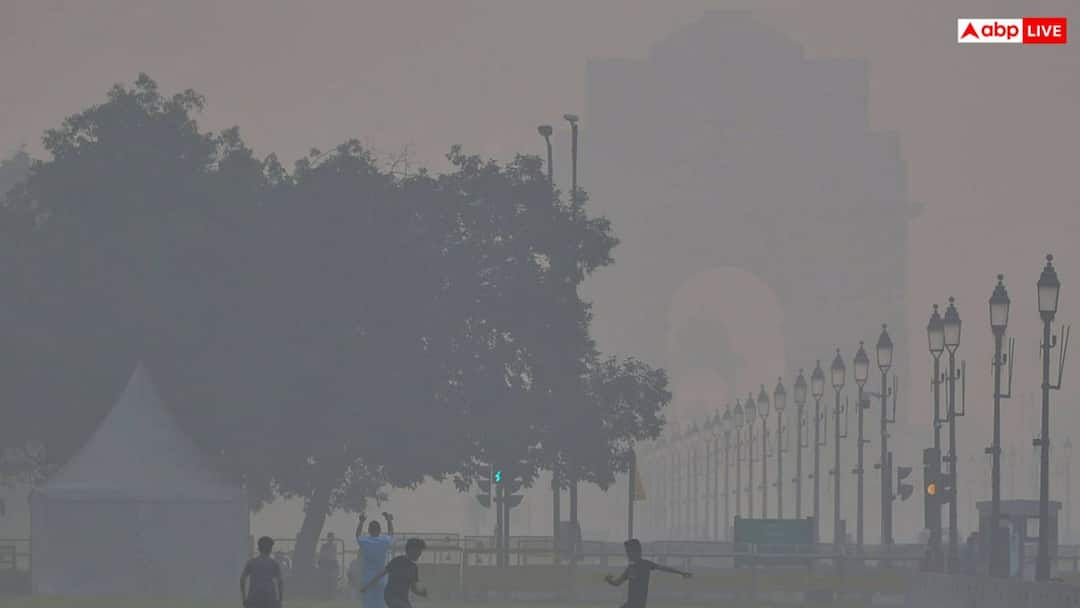Only nine of Delhi’s 37 air quality monitoring stations were functional during Diwali, the Supreme Court was informed on Monday, raising concerns over how the Graded Response Action Plan (GRAP) could be effectively implemented in the absence of reliable pollution data.
Counsel Flags Non-Functional AQI Stations
As Delhi continued to struggle with ‘very poor’ air quality, a counsel appearing before the apex court highlighted that several monitoring stations were not operational, hampering efforts to assess pollution levels and enforce curbs under GRAP.
Senior advocate Aparajita Singh, assisting the bench as amicus curiae, urged the court to direct the Commission for Air Quality Management (CAQM) and the Central Pollution Control Board (CPCB) to take proactive steps to contain rising pollution levels.
“They have to act before it becomes severe,” Singh told the bench, further noting that “there are news reports that the monitoring stations are not working. If the stations are not functioning, we won’t know when to implement GRAP. Let them respond on what the situation is.”
She added, “Only nine out of 37 monitoring stations were operational during Diwali. If that’s the case, how will we know when to implement GRAP?”
SC Seeks Report from CAQM and CPCB
Responding to the submission, Chief Justice of India BR Gavai directed the CAQM and CPCB to submit a detailed report outlining the measures being taken to prevent further deterioration of air quality.
“The CPCB, in consultation with the State Pollution Control Boards and their respective regional offices within the districts coming under the NCR, shall monitor the air quality index in their respective jurisdictions from October 14 to 25 and file a report specifying the air quality of each day,” said the bench comprising CJI Gavai and Justice K Vinod Chandran.
The bench further added, “Along with such monitoring, the Regional Offices of the State Pollution Control Boards shall also take samples of sand and water from sites having more density of use for analysis.”
Diwali Fireworks, AQI at 316 in ‘Very Poor’ Category
On October 14, the Supreme Court had permitted the use of green crackers in Delhi-NCR on Diwali between 8 pm and 10 pm. However, reports indicated that celebrations continued well beyond the prescribed hours, contributing to the capital’s worst air quality in four years.
Monday’s hearing took place as Delhi remained engulfed in heavy smog. The city recorded an overall Air Quality Index (AQI) of 316, placing it in the ‘very poor’ category. According to official data, 28 monitoring stations registered readings above 300, reflecting severe localised pollution across the national capital.



